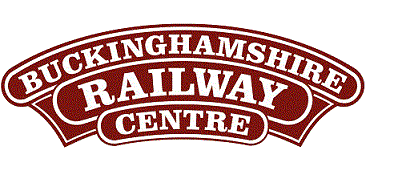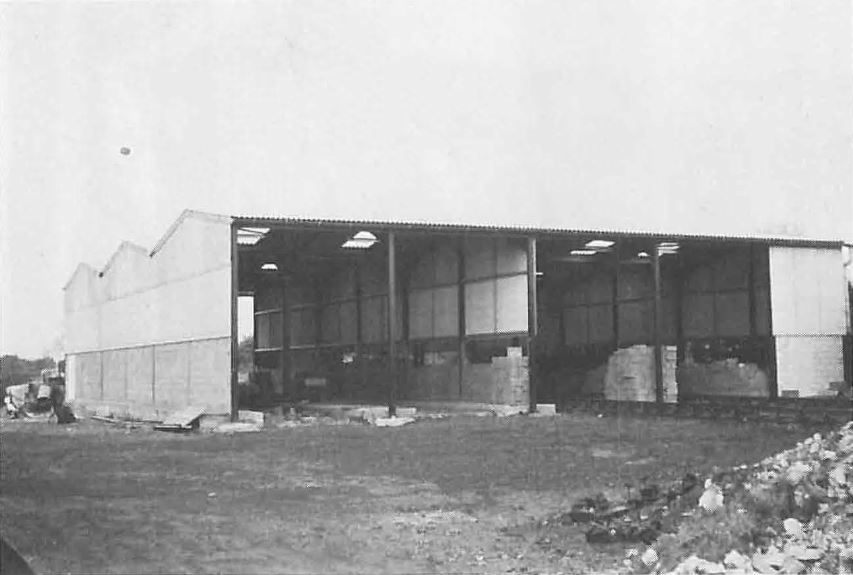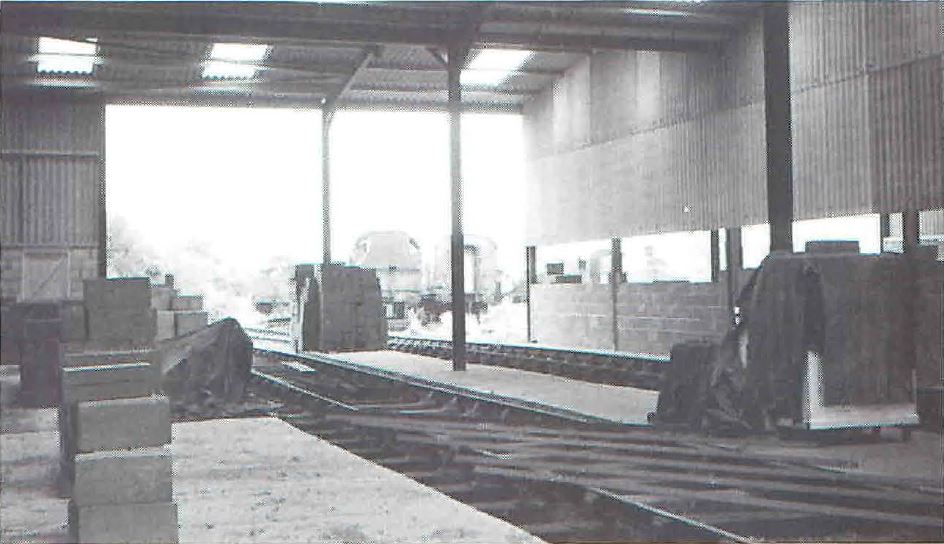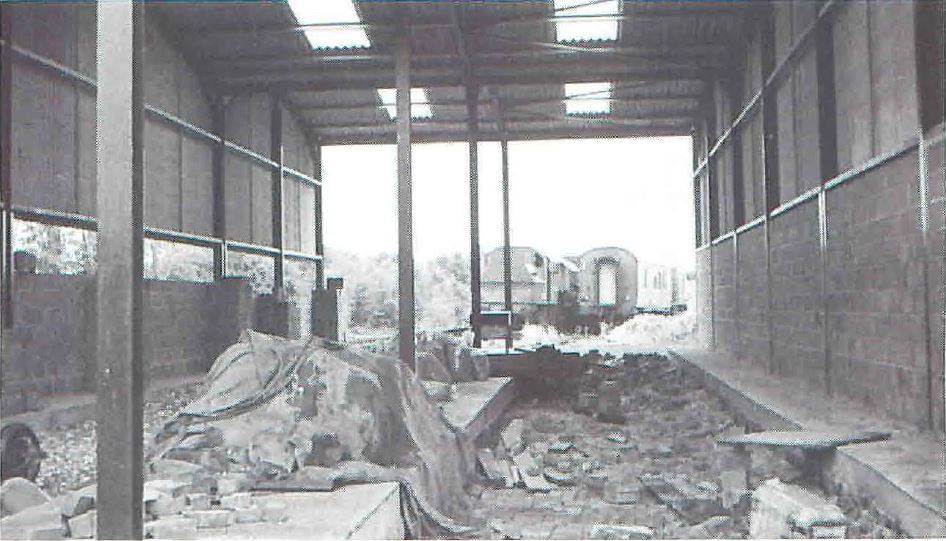
BRC Website Home
Quainton Virtual Stockbook
Quainton News archive - Quainton News No. 36 - Autumn 1978
Preservation at Quainton - Some Guidance Notes from the Secretary

BRC Website Home
Quainton Virtual Stockbook
Quainton News archive - Quainton News No. 36 - Autumn 1978
Preservation at Quainton - Some Guidance Notes from the Secretary

Photo: |
|
From the very beginning our Society's procedure for allowing Members to store relics at our Railway Preservation Centre has remained unchanged. It is the fairest that we can devise both to our Members who wish to bring relics and to our Society. The Member (and he / she must be a Member before the application can be considered in the first place) writes to the Secretary giving full details of the relic, the exact ownership, (it may be a single person, a group or even another Society), and how and when it will be restored. The relic may be a locomotive, piece of rolling stock or a humble signal or enamel sign. The Secretary then refers the application to the relevant Sub Committee, Loco if a locomotive, C & W if rolling stock, S & T if signalling equipment or Depot in the case of the enamel sign. The Sub Committee then considers the technical merits of the application using their expertise is their own field of preservation. The state of the relic is considered and the chances of it being restored. The resources and ability of the owners, together with the facilities at Quainton, are also assessed. The Sub Committee then makes a recommendation for consideration by the Executive Committee at their next meeting. The Executive is more concerned with the ownership of the relic, its influence upon the other items already at Quainton, the desirability and ambitions of the owners and last but not least, what the owners as well as our Society stand to gain as a result of the relic being accommodated. It is not always appreciated that most railway relics and especially locomotives can only gain in value as the years go by and they will almost always be worth many times what was paid for them. It is not of course the function of the QRS to provide a "vault" where an owner can store a relic free of charge until he decides to capitalize his investment! These cases are fortunately rare and Members usually only want to preserve an item for their own and others enjoyment; however there have been some railway preservation societies that have been approached with this in mind, and we are included in their number. |

Photo: |
|
We are very proud of our Charitable Status and we are pleased we showed the way that many other Societies using voluntary labour have chosen to follow. When labour is given freely by Members and by industry and when others give materials and help in so many ways, it is very important, and would be an infringement of our Charitable Status if we allowed any individuals to make appreciable financial gain as a result of Member's efforts or the Society's resources. For this reason we insist that the owners of the more valuable relics form themselves into a Charitable Trust having the specified aim of preserving the relic. This term 'preserving' covers the restoration, maintenance and subsequent operation of the relic. The cost of forming a Trust is very modest. It can be of some financial advantage to the owners but the important point is that the relic is secure and beyond the reach of any individual's private financial affairs or creditors. A Trust also ensures that no profit can be made by an individual as a result of trading or sale of the Trust's assets. Any money made as a result of the sale must be put back into the Trust for the benefit of the relic. This surely is what we all want, the security and well being of all that we are trying to preserve. |

Photo: |
|
Notes: Reference: |
Text © Quainton Railway Society / Photographs © Quainton Railway Society or referenced photographer
Email Webmaster
Page Updated: 17 November 2017